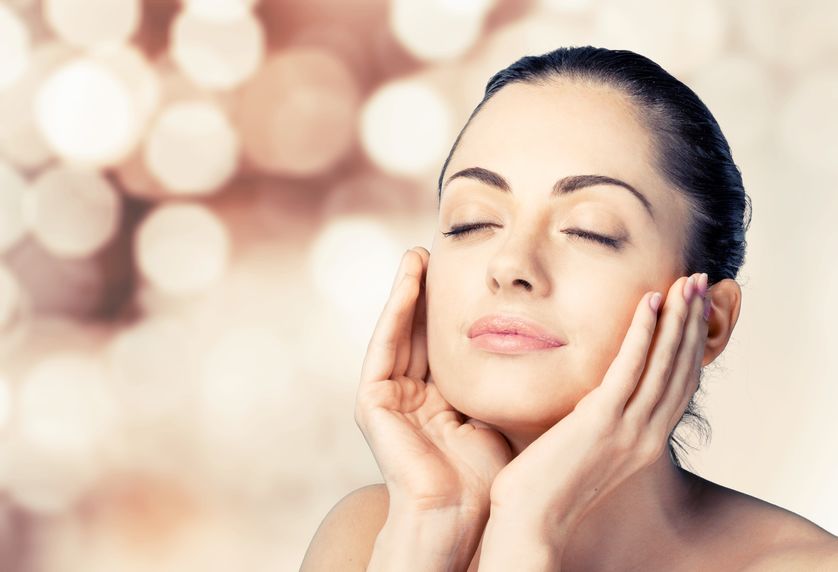Are you tired of trying to conceal scars that serve as a constant reminder of acne or a traumatic injury? Are you looking for an effective and natural way to fade the appearance and smooth out the texture of scar tissue so you don’t have to keep wearing long pants or sleeves or excessive amounts of concealer just to hide it? If so, then this ScarRid™ review is just what you need! Keep reading to find out how this clinically proven formulation can help to improve the appearance of your scars and get your self-confidence back.
Approved Science® ScarRid™: An Effective Solution For The Inevitable
Scars are an inevitable part of life that we can’t avoid. Whether you have taken a tumble and busted your knee, burnt yourself taking muffins out of the oven, or had to undergo major surgery, one thing is for sure, there will be a visual reminder of the incident in the form of a scar. In some cases, scars can be hidden, but for many people, this is not an option. A scrape on your knee is a lot easier to hide than acne scars, however, this doesn’t mean all hope is lost. There is a way to minimize the appearance of scars without going under the knife.
How Does Scarring Form?
The skin is an extremely resilient organ that protects our internal and most fragile assets. The purpose of this flexible yet stable shell is to protect your body against bacteria, the sun and cold, moisture, and, of course, injury. Scarring is a result of the skin’s natural healing process when the dermis, which is a thick layer of skin that lies under the epidermis and basement membrane is injured.
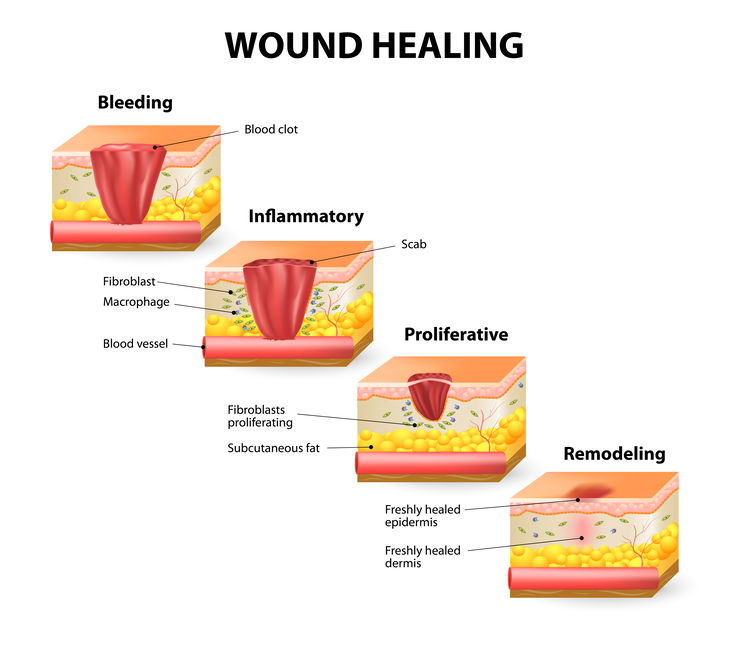
Once the dermis has experienced trauma, the wound starts to bleed, which eventually begins to clot. A scab usually forms to protect the injured site from germs and other pathogens. This kicks the immune system into action, which is when it starts releasing white blood cells and blood vessels to the site of the wound. Slowly it begins to repair.
After a few weeks, the body begins to repair damaged blood vessels and red blood cells stimulate collagen production. Collagen is an essential protein that forms the building blocks for all of our connective tissue including the skin, muscles, tendons, and cartilage. Once the collagen has built a strong sturdy foundation, new tissue known as granulation tissue begins to form in between the wound. After that, a thicker, stronger layer of skin cells forms a closed seal over both the collagen and granulation tissue together, thus resulting in a scar.
However, not all scars heal the same. Some are thicker than others, and some can be extremely sensitive and itchy for a long while after the injury.
The Different Types Of Scars
Depending on the type or degree of the injury and your genetic makeup, different types of scars may form including:
Acne Scars
As if dealing with frequent painful breakouts isn’t enough, now you have to deal with the permanent scars that get left behind. Acne sufferers are all too familiar with the damage a breakout can cause, especially if the infection has seeped deeper into the underlying tissues. There are four different types of scarring caused by facial acne:

Depressed Scars
Depressed scars also referred to as Atrophic scars are the most common type of scarring that occurs on the face. Depressed scars cause indentations in the skin, which can look pitted or sunken as well. These types of scars usually occur when the skin is unable to regenerate enough collagen and tissue to heal the wound. These scars may also form as a result of chickenpox or mole removal.
Ice Pick Scars
Much like the name suggests, Ice pick scars resemble wounds that could have been caused by an ice pick. The scars are usually narrow, indented, and much harder to treat because the damage extends far beyond the top layers of the dermis.
Boxcar Scars
Boxcar scars form small crater-like pits on the skin. They can be deep or sit on the surface of the epidermis and usually have sharp edges that lie vertically. They are not as wide or as defined as an ice pick scar and can be easier to treat depending on how deep the tissue damage is.
Rolling Scars
Rolling scars tend to be wider and closer to the surface of the epidermis. Rolling scars cause indents in the skin that resemble a rippled or wavy texture. This type of scar usually occurs as a result of inflammatory acne and can become more prominent on the face as the skin ages and starts to lose its elasticity.
Keloid Scars
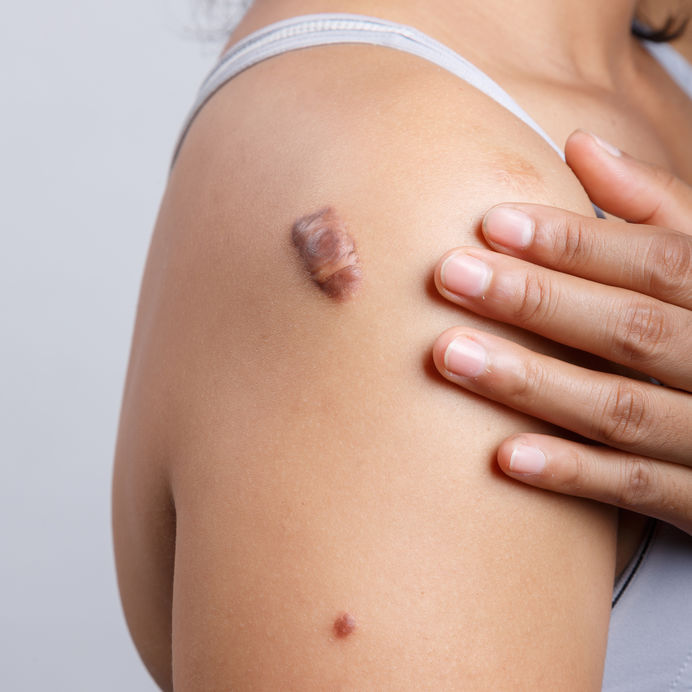
Keloid scars occur when the skin goes into overdrive during the healing process. Excess scar tissue begins to form over the wound and leaves a smooth but thick growth of skin over the site of the injury. Keloids can form on any part of the body but are more likely to occur on the earlobes, cheeks, neck, chest, and shoulders. While keloid scars do not pose any threat to your health, they can cause some discomfort and cosmetic concerns depending on where it forms. Some keloid scars can become irritated, tender, or itchy especially if it is on a part of the body that is usually clothed.
Keloid scars can occur due to the following skin injuries:
- Vaccination or drip sites
- Chickenpox
- Surgical incisions
- Acne
- Scratches
- Acne
- Piercings
Hypertrophic Scars
Similar to keloid scars, hypertrophic scars are raised and thickened due to the overproduction of collagen. However, hypertrophic scars are not as extensive as a keloid scar and do not extend past the original boundary of the injury. The appearance of a hypertrophic scar may naturally improve over a few years, but this is quite rare due to the fact that much like keloid scars, hypertrophic scars become irritated and itchy.
Contracture Scars
Contracture scars often occur when the skin is burnt either by the sun, hot water, or chemicals. The burn causes the skin to tighten and contract, causing what is known as a contracture. Depending on the degree of the burn, the scarring can extend deeper into the tendons and muscles, making it extremely difficult to move that specific body part.
What Treatments Are Available For Scars?
Unfortunately, scars are permanent and will forever leave their mark on your skin, however, there are a few treatments many turn to in order to improve their appearance such as:
Cosmetic Surgery
Invasive cosmetic surgery is one of the most popular methods many people turn to in order to remove scars in visible areas such as the face, legs, arms, and chest. Surgery can help to change the appearance of the scar, however, it is not recommended for treatment of keloid or hypertrophic scarring as it may result in more severe scarring. Surgery may also increase the risk of recurring pathological scarring.
Fillers
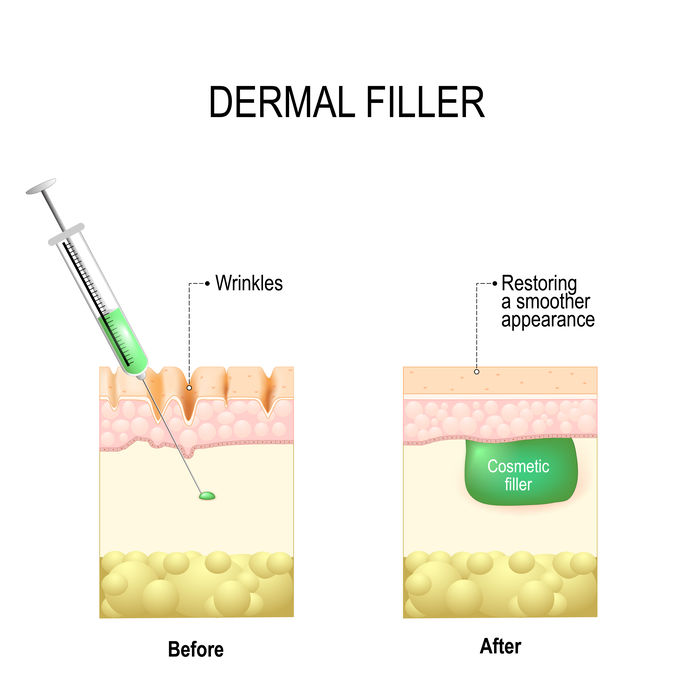
Filler injections are used to improve the appearance of scars that cause indentations in the skin, such as depressed acne scars. The idea of using fillers is to help raise the scar so it appears level with the skin. Unfortunately, fillers are only a temporary solution as you would require several repeat injections every few months depending on the type of fillers you are using. As with most medical procedures, fillers do not come without risk. Some fillers contain collagen while others use hyaluronic acid, which can cause allergic reactions in some people.
Corticosteroid Injections
Corticosteroid injections are another popular treatment method for both keloid and hypertrophic scarring. The injections help to soften the scar and reduce any pain and discomfort. The injections must be repeated every six weeks. However, this does not mean that the corticosteroids will help improve the overall appearance of scars, especially in visible areas. The downside to corticosteroid injections is that the procedure can only be repeated a few times over because steroids are known to weaken healthy skin tissue that surrounds the scar.
Radiotherapy
In some severe cases of keloid and hypertrophic scarring low doses of radiotherapy are used to try and prevent them from recurring, however, this type of therapy is limited due to the long-term side effects associated with radiation.
Cryotherapy
Your dermatologist may recommend cryotherapy to help improve the appearance of scars. Cryotherapy involves freezing the scar to help reduce redness, itching, and hardness. This form of treatment does seem to be less invasive, however, due to the limited number of studies, more evidence is needed to determine whether this is a well-tolerated and effective treatment for all types of scars.
OTC Creams
There are thousands of over-the-counter products that claim to completely diminish the appearance of scars and stretch marks alike. Unfortunately, it is very rare to find one product that includes a variety of beneficial ingredients to not only improve the appearance of the scar but also address the symptoms such as itching, redness, sensitivity, and inflammation. Most commercial brands lack the key ingredients and clinical studies to prove that they are effective in fading scars.
Fortunately, there is a product that combines the potency of nature with the innovation of science to bring you a well-rounded formula that is safe, effective, and more cost-effective than most of the surgical procedures listed above. ScarRid™ by Approved Science® is the leading product for improving the appearance of scars safely and effectively.
Approved Science® ScarRid™ Review – The Fast-Acting Solution For Healing And Fading Scars
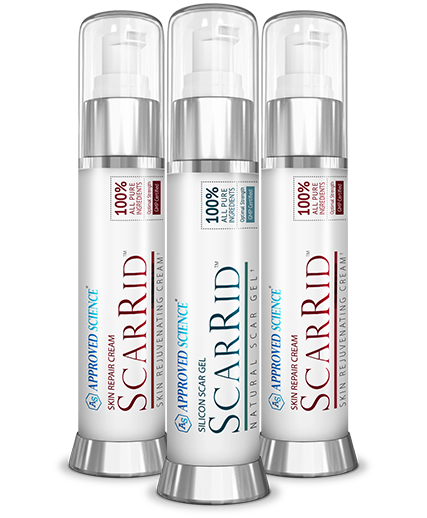
ScarRid™ is a fast-acting dual-action formula that has been developed by industry leaders to promote healing, reduce redness, itching, and inflammation, and stimulate skin cells to effectively improve the texture and appearance of scars.
The ScarRid™ clinical strength formula uses a combination of 100% medical-grade silicone such as Dimethicone and supporting ingredients sourced from nature like Onion Bulb extract and Safflower, which have a long-standing history of efficiency in both traditional and modern-day medical studies. The dual-action formula comprises of a high potency gel and cream, which protects open wounds from external pathogens, promotes internal healing, nourishes the skin, and helps to fade both new and old scars in a much shorter time compared to other products on the market.
Medical Grade Silicone Gel and Scars – What Do The Studies Say?
As we mentioned before, there are thousands of products that line pharmacy shelves claiming to diminish scars in just a few short weeks. However, very few of these products actually contain medical-grade silicone, which outshines many other ingredients according to various clinical trials and studies.
According to a study published in 2009, medical-grade silicone gel has a significant impact on both the texture, color, and height of scars. According to the study, medical-grade silicone reduced the original texture of the scar by 85%. In addition to that, it also reduced the color of the scar by 84% and the height of the scar by an impressive 68%.
Researchers believe that medical-grade silicone works in various ways to improve the appearance of scars including:
- Stimulating and regulating the production of fibroblast while also reducing the amount of collagen produced, which results in a flatter and softer scar.
- Providing an invisible protective barrier against harmful bacteria and other external toxins.
- Reducing symptoms associated with natural scarring including swelling, redness, and itching.
ScarRid™ Gel uses a blend of medical-grade silicone that is authorized and used by doctors and plastic surgeons – Dimethicone, Cyclomethicone and Dimethiconol, Cyclopentasiloxane and Dimethicone/Vinyl.
Dimethicone is extremely beneficial for soothing inflammation and protecting wounds from bacteria and other harmful invaders. Cyclomethicone and Dimethiconol create an invisible yet flexible seal over the wound site to encourage proper healing. Cyclopentasiloxane and Dimethicone/Vinyl help to lock in moisture so that the tissue around the wound can regenerate and start to repair itself.
Approved Science® ScarRid™ Review: The Science Behind The Cream
In addition to the Medical grade silicone-based gel formula, Approved Science® ScarRid™ also offers a cream-based formula that is jam-packed with clinically proven ingredients that are known to help nourish the skin, reduce inflammation and discomfort, and fade scars faster than any other OTC treatment on the market today.
Aloe Barbadensis
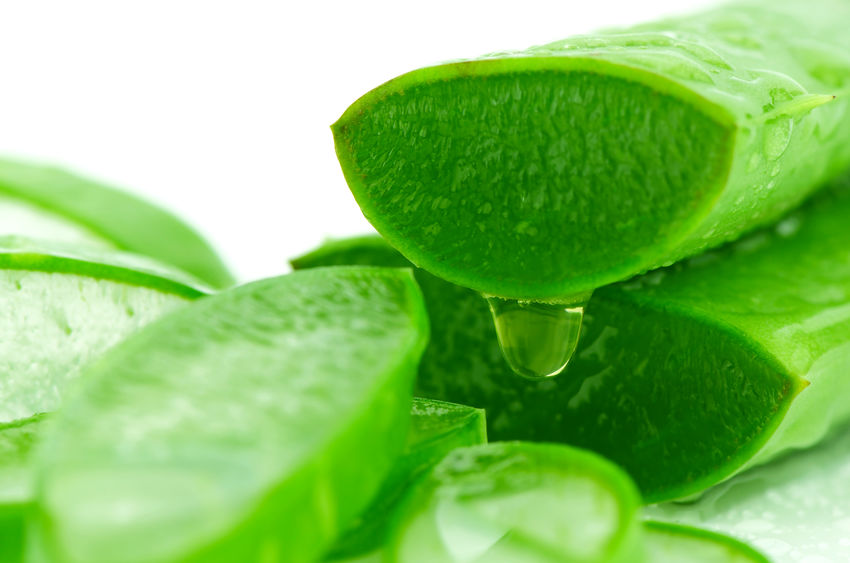
Aloe has been in use for thousands of years to treat a plethora of ailments including skin rashes, wounds, and irritation. Today, there are thousands of studies that have been conducted on the efficiency of Aloe on various skin conditions and the results are impressive. Researchers believe that aloe works in various ways to help heal wounds, fade scars, and improve the overall texture of the scar tissue. One study found that Aloe increases the body’s natural immune response to wounds and injury, which in turn promotes healing and is especially beneficial for preventing scarring caused by acne.
Another study published in the Journal of Medical Sciences found that Aloe has a significant effect on the production of elastin and collagen. According to the researchers, Aloe stimulates the production of these essential skin-healing proteins that not only encourage wound healing but also reduces inflammation.
Safflower
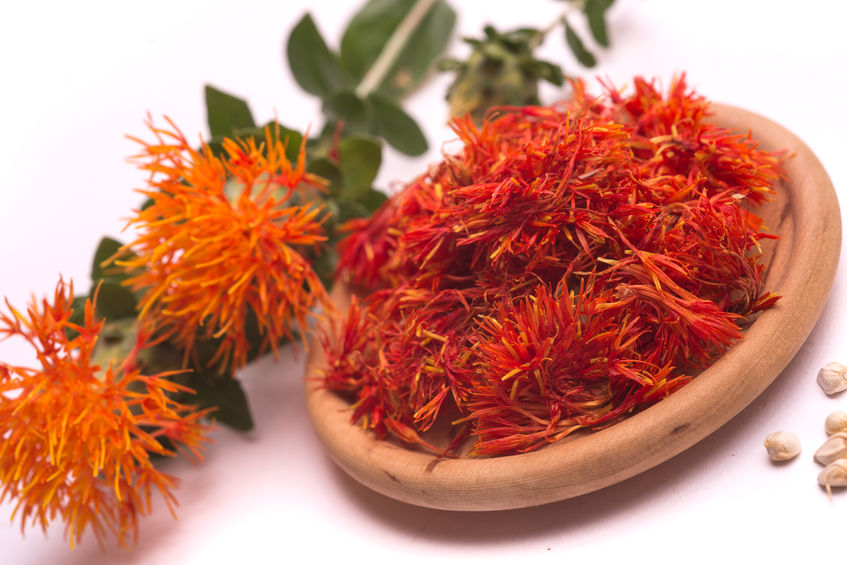
This bright orange flower has a very long-standing history in skin health and is backed by a variety of clinical studies. Safflower oil is extremely rich in linoleic acid, which is an essential fatty acid that is known to improve the integrity of the epidermis by locking in moisture and preventing dryness. In addition to the rich moisturizing properties, research shows that Safflower also acts as a powerful anti-inflammatory and enables the skin to absorb fat-soluble vitamins such as vitamins A and E.
Sunflower Seed Oil
Much like the Safflower, Sunflower seed oil is high in linoleic acid, which helps to retain moisture and protect the wound against harmful bacteria. According to a study, Sunflower seed oil is more effective in retaining moisture and improving the natural integrity of the skin compared to olive oil. Sunflower seed oil is also high in antioxidants like Vitamin E, which is known to protect against UV damage and provides anti-aging properties.
Onion Bulb Extract
The ScarRid™ formula also includes this incredible ingredient. Onion bulb extract is widely used in wound treatment because of its abundance of benefits. When applied topically, onion bulb extract provides potent anti-bacterial and anti-inflammatory properties that help keep toxins out and soothes itching and pain. According to a study published in The Journal of Clinical and Aesthetic Dermatology, onion bulb extract improved the appearance and texture of post-surgical scars by a staggering 36% in just eight weeks.
Researchers believe this is due to the effect Onion Bulb Extract has on the production of collagen, which helps to soften the scar tissue. Onion bulb extract also contains pantothenic acid, which is known for retaining moisture within the skin and softening collagen fibers that make up the scar.
Palmarosa Oil
Turkish geranium or otherwise known as Palmarosa oil is a phenomenal natural moisturizer that has positive benefits on many different ailments of the skin including psoriasis, eczema, abscesses, and boils. The plant compounds found in Palmarosa oil helps to repair DNA damage and stimulates cell growth that contributes to wound healing. Palmarosa oil also aids in balancing sebum production and protects open wounds from infection due to its potent antiviral properties.
Tocopheryl Acetate
α-Tocopheryl acetate or Vitamin E is no stranger to the skin and beauty space. The active form of Vitamin E is extremely beneficial for providing antioxidant properties against harmful free radicals caused by UV rays, air pollution, and other environmental factors. Tocopheryl acetate is also beneficial for stimulating collagen production and reducing inflammation around the wound site.
Vitamin C
Vitamin C is one of the most effective scar-busting ingredients, which is why it is used in a wide variety of skincare and beauty products. Research shows that Vitamin C promotes and regulates the production of collagen during the healing stage, which is especially prominent in acne and scarring caused by acne.
Jojoba Oil
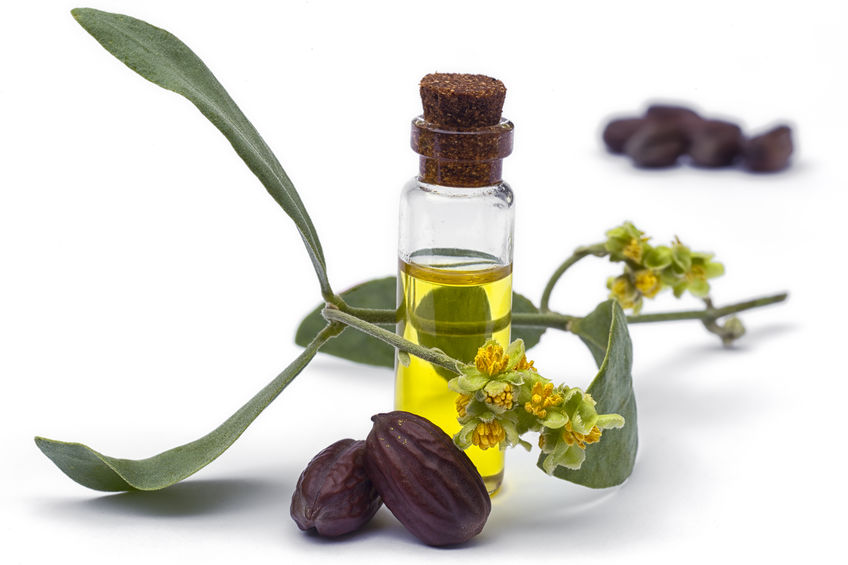
Another common ingredient found in most skincare products is Jojoba oil. The waxy oil is jam-packed with skin-healthy nutrients such as Copper, Zinc, and Vitamins B, C, and E. The nourishing and moisturizing properties of Jojoba oil are similar to that of the skin’s natural sebum and are known to help accelerate wound healing while also providing a soothing anti-inflammatory effect when applied topically.
Rosehip Oil
The ScarRid™ formula contains one of the oldest and most prized oils known to man – Rosehip oil. The oil is extracted from the fruits and seeds of the rose bush and is known to offer a wide range of healing properties including skin regeneration, antioxidants, anti-inflammatory, and sun protection. According to studies, Rosehip oil significantly reduces the appearance and texture of scars. Results were noticed in as little as 12 weeks by participants.
Allantoin
Allantoin is sourced from various skin-friendly plants like chamomile and sugar beet and has become one of the leading ingredients in most skincare products due to its positive benefits on the skin. Much like Rosehip, Allantoin is beneficial for soothing sensitive skin and locking in moisture, but the key benefit of this incredible ingredient is that it helps to accelerate cell proliferation.
Immortelle
Immortelle, also known as Helichrysum oil, is a powerful anti-inflammatory due to its chemical makeup that aids in skin healing. The antioxidant activity of Immortelle helps to reduce the overall texture and appearance of scars by encouraging new cells to regenerate and preventing harmful free radicals from accumulating.
Lavender Oil
Lavender oil has become a key component in the skincare industry because of its wide variety of benefits. The oil acts as a natural antibiotic and is effective in repairing tissue to accelerate proper wound healing. According to a study, researchers have found that lavender’s scar reducing properties are linked to the effect it has on granulation tissue regrowth and collagen. In addition to this, lavender oil also serves as a powerful antifungal, which helps to keep the wound protected from fungi, bacteria, and other harmful pathogens that may be lurking.
Approved Science® ScarRid™ Reviews – What Are People Saying?
Just by taking a glance at the various ScarRid™ reviews online, it is easy to see why this product is one of the leading anti-scarring products on the market. But don’t just take our word for it, let’s see what consumers have to say.

Approved Science® ScarRid™ Reviews – More Value For Money
Just looking at the clinical studies and customer reviews, it comes as no surprise that ScarRid™ is one of the top scar removal products on the market. But living up to its claims is not the only reason why this product is topping the charts. Approved Science® is an industry-leading brand that has become a trusted household name because of the transparency and added benefits on offer. ScarRid™ along with the other fantastic products available are all manufactured in a regulated lab under strict guidelines set forth by the FDA. In addition to a well-researched and clinically tested formula, Approved Science® is also backed by a 60-day money-back guarantee should you find that the product does not work for you. This allows every single customer to try the product and see if it works without the risk of losing out on any of your hard-earned money.
If you are ready to reap the benefits of ScarRid™ and get your self-confidence back, you can purchase it here.

